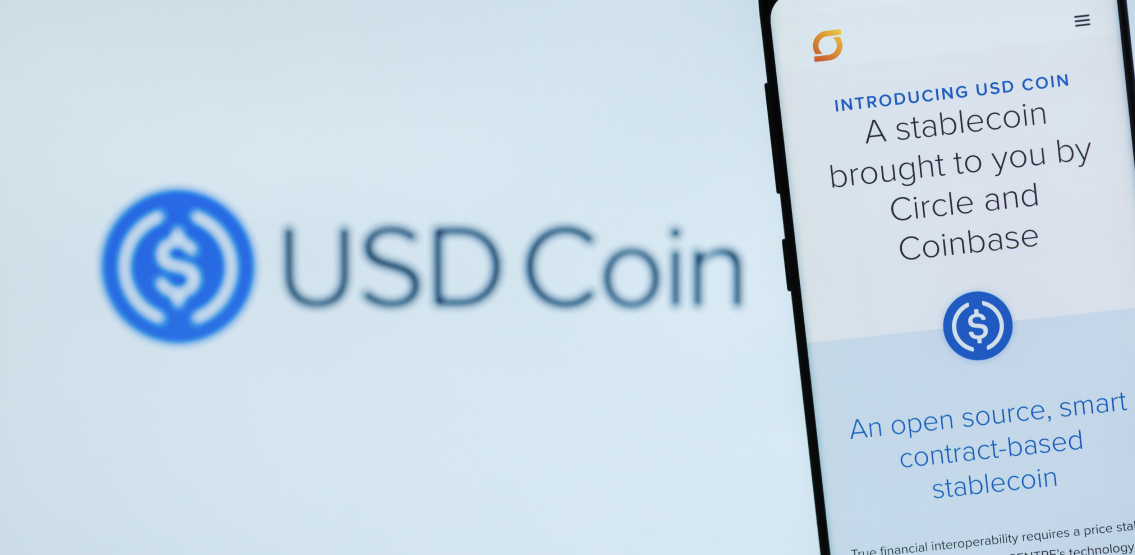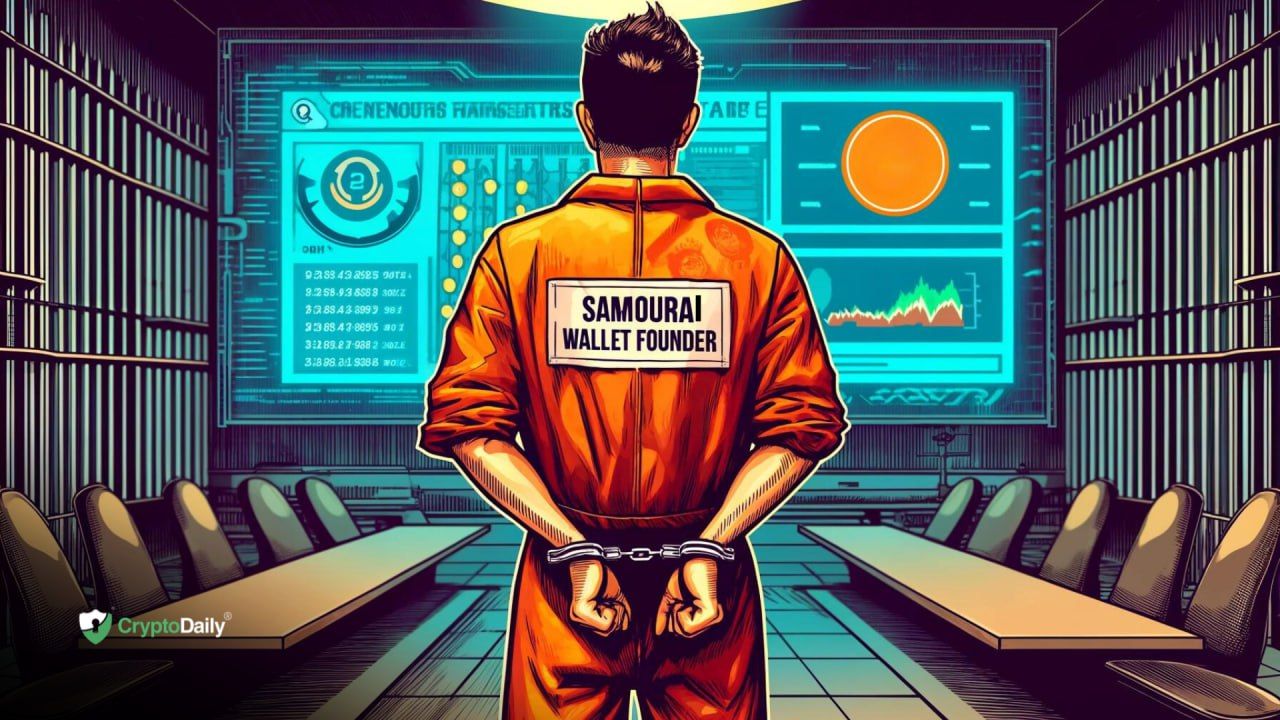Centre, the consortium that includes Circle and Coinbase, let it be known in July that the backing of USDC was not all in cash, and hadn’t been so for more than a year. However, it has now announced that all backing will be in cash and short-term treasuries from September. Will the centralised stablecoin model be successful into the future?
Up until very recently, USDC was said to be backed dollar for dollar, unlike Tether USDT, which, it could be said, has fairly tenuous claims as to its backing. The Coinbase website described the USD Coin as being completely backed by dollars “in a bank account”, as stated in an article from Bloomberg on the 23 August.
The article goes on to say that when contacted by Bloomberg, the description then changed. Coinbase president Emilie Choi then openly admitted on Twitter that her company’s description of USDC backing “could have been clearer”.
It could be said that Circle was putting its thirst for profits above its customers need for a safe and risk-free stablecoin. Aaron Tilton, CEO of SmartFi, and former State legislator, said:
"This story about Circle is a case where they can't keep their hands out of the cookie jar and they got caught. The Circle stablecoin business model relies on a profit motive that does not serve the needs of their customers. With all current CeFi stablecoins there exists an inherent conflicting profit motive; they need to use the reserves to enhance returns, which means more risk not less.”
Tilton goes on to describe periodic audits as not being sufficient, as the intervening time between them can give a company too much leeway to adjust their business model more towards making profits rather than the low risk required by customers.
George Zarya, CEO of Bequant Exchange, thinks that Circle’s change in how it backs USDC has come about due to the on-going focus on Tether (USDT). Also, bearing in mind the potential listing of USDC on the NYSE.
"This came off the back of increased scrutiny of USDT reserves. USDC is trying to win market share and "kill" them with transparency much demanded by institutional players. Liquidity in crypto is still dominated by USDT-based pairs and risk-weary traders can't get through to it as they won’t take USDT risk. The pool is "frozen" for them so it either gets thawed and more real transparency on USDT reserves provided, or melted by USDC and other stablecoins.”
Luke Sully, CEO of crypto/treasury platform Ledgermatic, believes that Coinbase has an unfair advantage, given the huge amount of BTC on its balance sheet and the high sophistication that it brings to the table.
“With so much BTC on their balance sheet they can use that in several different ways providing they justify it under GAAP and non-GAAP. BTC is likely to become the defacto global collateral for all digital asset investments which Coinbase can use to generate yield over and above any volatility the underlying has. They can also buy BTC futures to hedge against volatility. If they are able to provide a fair market value for the asset, they can both grow the balance sheet and generate yield with a single asset.”
Josh Scigala, co-founder of TheStandard.io, a DeFi infrastructure project, believes that the USDC/USDT model of 1-1 backed stablecoins is irrelevant, and destined to fail at some point. He states:
“1:1 backed coins like USDC will be toast when (not if) the US goes into negative interest rates like the European union is. The negative interest rates in the EU are the exact reason there are no private Euro stablecoins. Negative rates break the entire hard pegged stablecoin business model. The future of stable coins is algorithmic like The Standard and Maker DAI: these types of cryptos will compete with central bank issued stablecoins (CBDCs) because they can't be shut down and their existence model does not rely on the existing banking paradigm."
With the likes of hugely influential people such as Janet Yellen openly hostile to the concept of stablecoins, the future would appear uncertain. Just as in the case of cryptocurrencies, where SEC Hester Pierce advises a move into true decentralisation in order to escape tough regulation, the same could be said for stablecoins. Circle, Coinbase and co. might have a very troubled path ahead.
Disclaimer: This article is provided for informational purposes only. It is not offered or intended to be used as legal, tax, investment, financial, or other advice.
Investment Disclaimer












